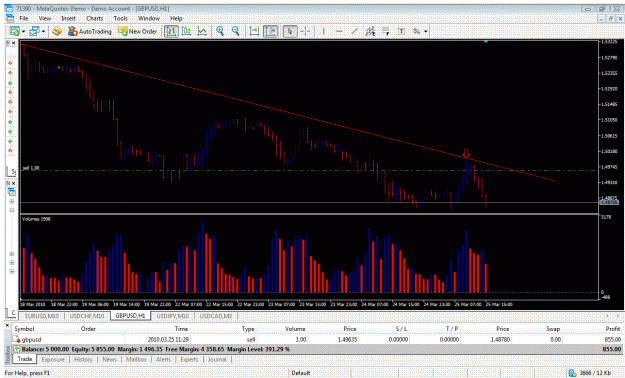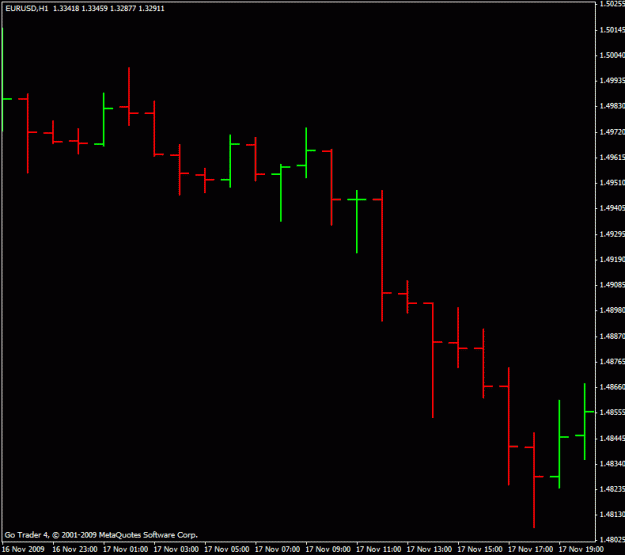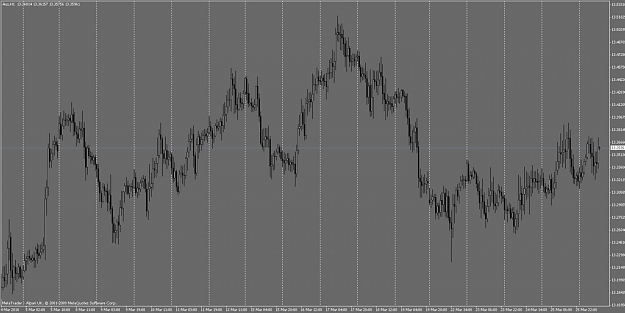In this thread I'm going to outline a method for quantifying a currency pair's current trend. Understanding the current trend is one of the most fundamental aspects of trading, and yet I have found that this seemingly simple task can be devilishly deceptive.
People love to spew aphorisms like "The trend is your friend" but they seem to assume that "the trend" is painfully obvious. But when you ask around you usually receive many subjective answers. Which trend are we talking about? The long-term trend? Mid-term? Short-term? And what defines long/mid/short term anyway? If I'm looking at a daily chart, which most would say encompasses much of the "long-term" trend, how many bars comprise the "current" trend? The last 10 bars? The last 30? The last 365? My point here is that simply defining the current trend encompasses a lot of room for argument, even amongst seasoned traders.
I've recently come up with a method to quantify trends that suits my style. I came up with the method on my own, but I'm not claiming it's new. Maybe it's been out there for many years - I don't know. I just know that I haven't personally seen it spelled out in the manner that I'm about to spell it out.
People love to spew aphorisms like "The trend is your friend" but they seem to assume that "the trend" is painfully obvious. But when you ask around you usually receive many subjective answers. Which trend are we talking about? The long-term trend? Mid-term? Short-term? And what defines long/mid/short term anyway? If I'm looking at a daily chart, which most would say encompasses much of the "long-term" trend, how many bars comprise the "current" trend? The last 10 bars? The last 30? The last 365? My point here is that simply defining the current trend encompasses a lot of room for argument, even amongst seasoned traders.
I've recently come up with a method to quantify trends that suits my style. I came up with the method on my own, but I'm not claiming it's new. Maybe it's been out there for many years - I don't know. I just know that I haven't personally seen it spelled out in the manner that I'm about to spell it out.










